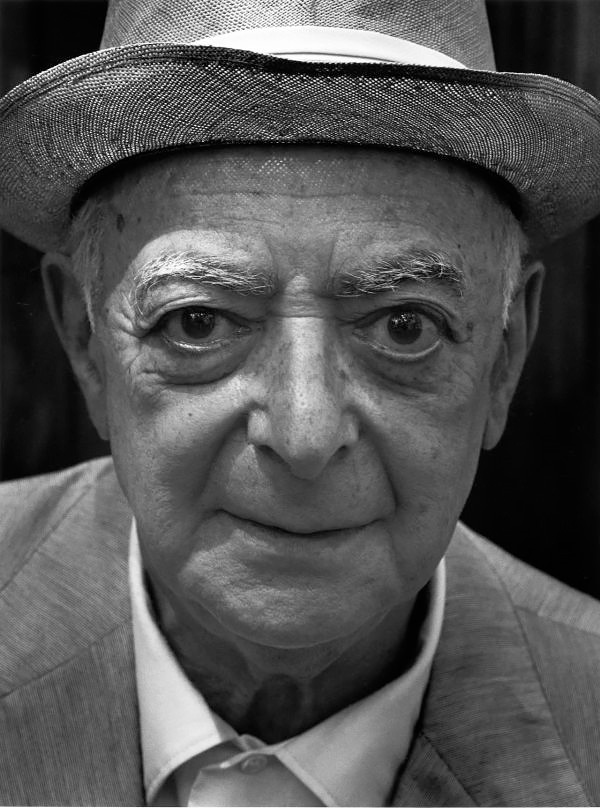George Brassaï, the pseudonym of Gyula Halász, emerged as a Hungarian photographer, sculptor, and filmmaker who gained international recognition in 20th-century France. He was part of the vibrant community of Hungarian artists flourishing in Paris during the interwar period. In the early 21st century, the unearthing of over 200 letters and numerous drawings and artifacts from the years 1940–1984 has offered scholars valuable insights into his later life and career.
Gyula (Jules) Halasz, in the Western order of his name, was born in Brassó, Transylvania, Kingdom of Hungary (known as Brasov, Romania, since 1920), to an Armenian mother and a Hungarian father. He grew up with Hungarian as his primary language. At the age of three, his family resided in Paris for a year, during which his father, a professor of French literature, taught at the Sorbonne. During his youth, Gyula Halász pursued studies in painting and sculpture at the Hungarian Academy of Fine Arts (Magyar Képzomuvészeti Egyetem) in Budapest. Subsequently, he enlisted in a cavalry regiment of the Austro-Hungarian army and served until the conclusion of the First World War.
In 1920, Halász relocated to Berlin, where he took on the role of a journalist for the Hungarian newspapers Keleti and Napkelet. Simultaneously, he commenced his studies at the Berlin-Charlottenburg Academy of Fine Arts (Hochschule für Bildende Künste), now known as Universität der Künste Berlin. During this time, he formed connections with several older Hungarian artists and writers, such as painters Lajos Tihanyi and Bertalan Pór, and writer Gyorgy Boloni. These individuals, who later moved to Paris, became part of the Hungarian artistic circle. In 1924, Halász made the decisive move to Paris, where he would reside for the remainder of his life.
In an effort to learn the French language, he embarked on a self-taught journey by immersing himself in the works of Marcel Proust. Living among the burgeoning community of young artists in the Montparnasse quarter, he took on a job as a journalist. It wasn't long before he forged friendships with notable figures such as the American writer
Henry Miller, and the French writers
Leon-Paul Fargue and
Jacques Prévert. During the late 1920s, he shared the same hotel with Tihanyi. Halász's profession and his love for the city, where he often wandered the streets late at night, eventually led him to photography.
Initially using photography as a means to supplement his articles for additional income, he quickly delved into exploring the city through this medium. His fellow Hungarian, André Kertész, served as his mentor in photography. Using the name of his birthplace, Gyula Halász adopted the pseudonym "Brassaï," meaning "from Brasso." Under this name, he captured the essence of the city in his photographs, culminating in the publication of his first collection in 1933 titled "Paris de nuit" (
Paris by Night). The book achieved significant success, earning him the moniker "the eye of Paris" in an essay by his friend Henry Miller.
In addition to capturing the more gritty aspects of Paris, Brassaï documented scenes from the city's high society, intellectuals, ballet performances, and grand operas. He formed a connection with a French family who granted him access to the upper echelons of society. Within these circles, Brassaï photographed many of his artist acquaintances, including
Salvador Dalí,
Pablo Picasso,
Henri Matisse,
Alberto Giacometti, as well as prominent writers of his era such as
Jean Genet and
Henri Michaux. Throughout the 1930s, a continuous stream of young Hungarian artists arrived in Paris, and the Hungarian circle welcomed most of them. André Kertèsz, a fellow Hungarian, emigrated to New York in 1936. Brassaï extended his friendships to the newcomers, including
Ervin Marton, a nephew of Tihanyi, with whom he had been acquainted since 1920. Marton later gained recognition in street photography during the 1940s and 1950s.
While Brassaï sustained himself through commercial work, he also contributed photographs to the U.S. magazine Harper's Bazaar. As a founding member of the Rapho agency, established in Paris by
Charles Rado in 1933, Brassaï played a pivotal role. His photographs brought him international acclaim. In 1948, he held a solo exhibition in the United States at the
Museum of Modern Art (MOMA) in New York City, subsequently traveling to the
George Eastman House in Rochester, New York, and the
Art Institute of Chicago, Illinois. MOMA featured more of Brassaï's works in 1953, 1956, and 1968. He was showcased at the Rencontres d'Arles festival in France in 1970, 1972, and 1974 as the guest of honor. In 1948, Brassaï married
Gilberte Boyer, a French woman who collaborated with him in supporting his photographic endeavors.
